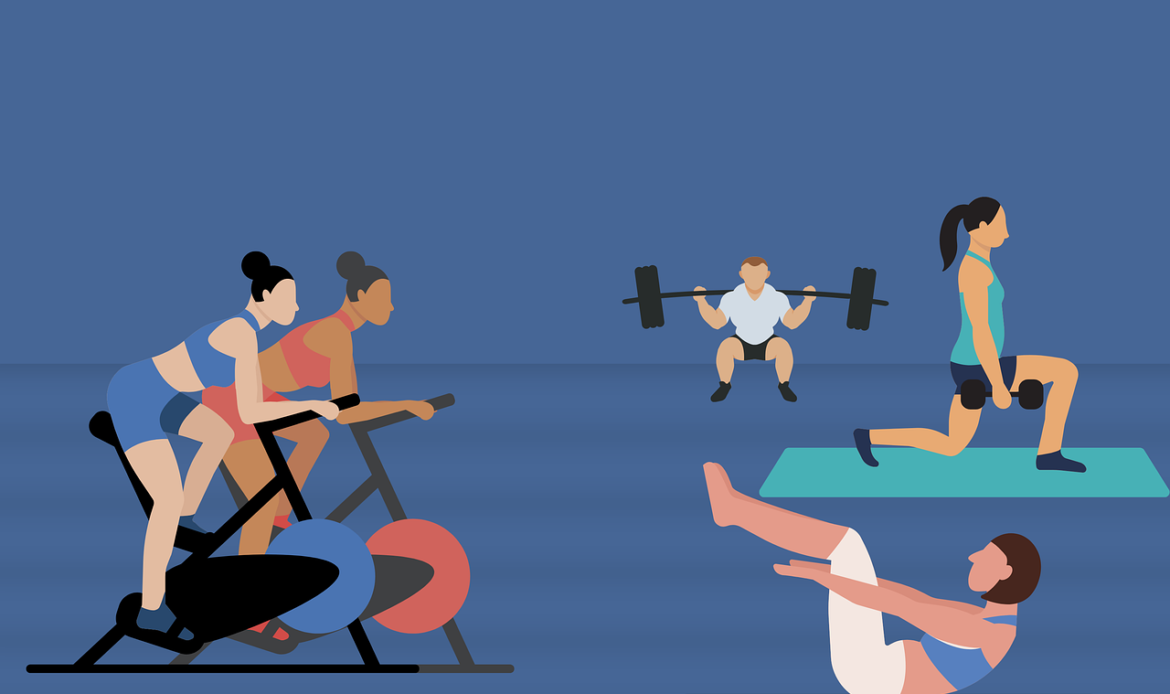
When it comes to fitness, the age-old debate of cardio versus strength training continues to spark conversation. Both forms of exercise offer unique benefits, but the question remains: which one is better for you? The truth is, it depends on your individual goals. Whether you’re aiming for weight loss, muscle gain, improved endurance, or overall health, the right balance between cardio and strength training can help you achieve the results you’re after.
Let’s explore the differences, benefits, and how to decide what works best for your body.
The Benefits of Cardio

Cardiovascular exercise, commonly known as cardio, includes activities like running, cycling, swimming, and dancing. It’s any exercise that gets your heart rate up and improves the efficiency of your cardiovascular system (your heart, lungs, and blood vessels). Here are some of the key benefits of cardio:
1. Heart Health
Cardio is great for strengthening your heart and improving overall cardiovascular health. Regular cardio reduces the risk of heart disease, lowers blood pressure, and helps regulate cholesterol levels.
2. Weight Loss
If your goal is to burn calories and lose weight, cardio is an effective way to achieve this. High-intensity cardio workouts can torch calories quickly, helping you create a calorie deficit for weight loss.
3. Increased Endurance
Over time, consistent cardio training improves your endurance and stamina. You’ll be able to perform physical activities for longer periods without feeling fatigued, making everyday tasks easier.
4. Mental Health Benefits
Cardio releases endorphins, often referred to as “feel-good” hormones, which help improve mood and reduce stress, anxiety, and depression.
Read: Outdoor Activities: The Benefits for Physical and Mental Health
The Benefits of Strength Training
Strength training, also known as resistance training, involves exercises that work your muscles against resistance, such as lifting weights, using resistance bands, or doing bodyweight exercises like squats and push-ups. The primary goal of strength training is to build muscle mass, increase strength, and improve overall muscle tone. Here are the main benefits:
1. Muscle Building and Toning

Strength training is the most effective way to build and tone muscles. Whether you’re looking to bulk up or just achieve a leaner physique, resistance exercises can help you shape your body and increase muscle definition.
2. Boosted Metabolism
Muscle burns more calories at rest than fat does. The more muscle mass you have, the higher your resting metabolic rate will be, meaning you’ll burn more calories even when you’re not working out.
3. Bone Health
Strength training isn’t just good for your muscles; it also strengthens your bones. Regular resistance exercise helps increase bone density and reduces the risk of osteoporosis as you age.
4. Functional Fitness
Strength training improves your ability to perform daily activities with ease. From lifting groceries to climbing stairs, the strength you build in the gym translates to improved performance in real life.
5. Longevity and Injury Prevention
As you build strength, you also increase joint stability and improve balance, which can help prevent injuries and promote longevity in both fitness and daily activities.
Which is Better: Cardio or Strength Training?

The answer to this question largely depends on your personal fitness goals. Here’s how to decide which might be better for you based on common objectives:
Weight Loss: Cardio burns more calories during your workout, but strength training boosts your metabolism and continues to burn calories even after your session ends. A combination of both can maximize fat loss while preserving muscle mass.
Read: 10 Healthy Habits to Instill in Children Early On
Muscle Gain: Strength training is the clear winner if building muscle is your priority. Cardio can still play a role in muscle gain by improving recovery and circulation, but lifting weights is key to growing and defining muscles.
Endurance and Cardiovascular Health: If endurance and heart health are your primary goals, cardio should be your focus. Activities like running, cycling, and swimming are ideal for improving cardiovascular fitness and increasing stamina.
Overall Fitness and Functionality: For general health, functional fitness, and longevity, a balanced approach is best. Combining cardio and strength training will help you achieve both a strong heart and a strong body, improving your quality of life in the long term.
How to Incorporate Both Cardio and Strength Training
If you’re still unsure about which to prioritize, why not incorporate both? Creating a balanced workout routine that includes both cardio and strength training allows you to reap the benefits of each and create a well-rounded fitness plan. Here are a few ways to do that:
Split Your Week: Dedicate specific days to cardio and strength training. For example, you might do strength training three days a week and cardio on two days, allowing your body to recover in between.
Combine Workouts: Some exercises blend cardio and strength training, such as circuit training, HIIT (high-intensity interval training), or classes like boxing or boot camps. These workouts get your heart pumping while also building muscle.
Listen to Your Body: Adjust your workout routine based on how your body feels. Some weeks you might focus more on cardio, while other weeks, strength training might take precedence. The key is to stay consistent and flexible.
Ultimately, neither cardio nor strength training is inherently “better”—the best workout is the one that aligns with your goals, preferences, and lifestyle. A combination of both can lead to optimal fitness, whether you’re aiming to lose weight, build muscle, improve endurance, or just stay healthy.
Ready to take your fitness to the next level? Explore RefinedNG for expert workout tips, fitness news, and more ways to stay on top of your health and wellness journey. It’s time to get moving—whether you’re hitting the weights or going for a run, the perfect workout for you is just a step away!
